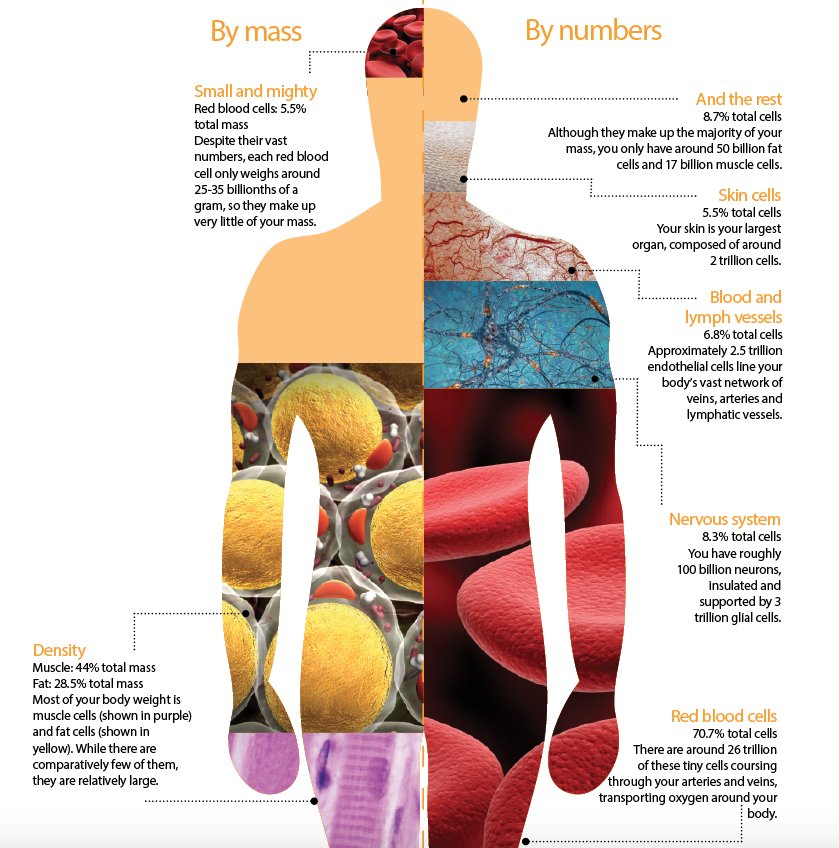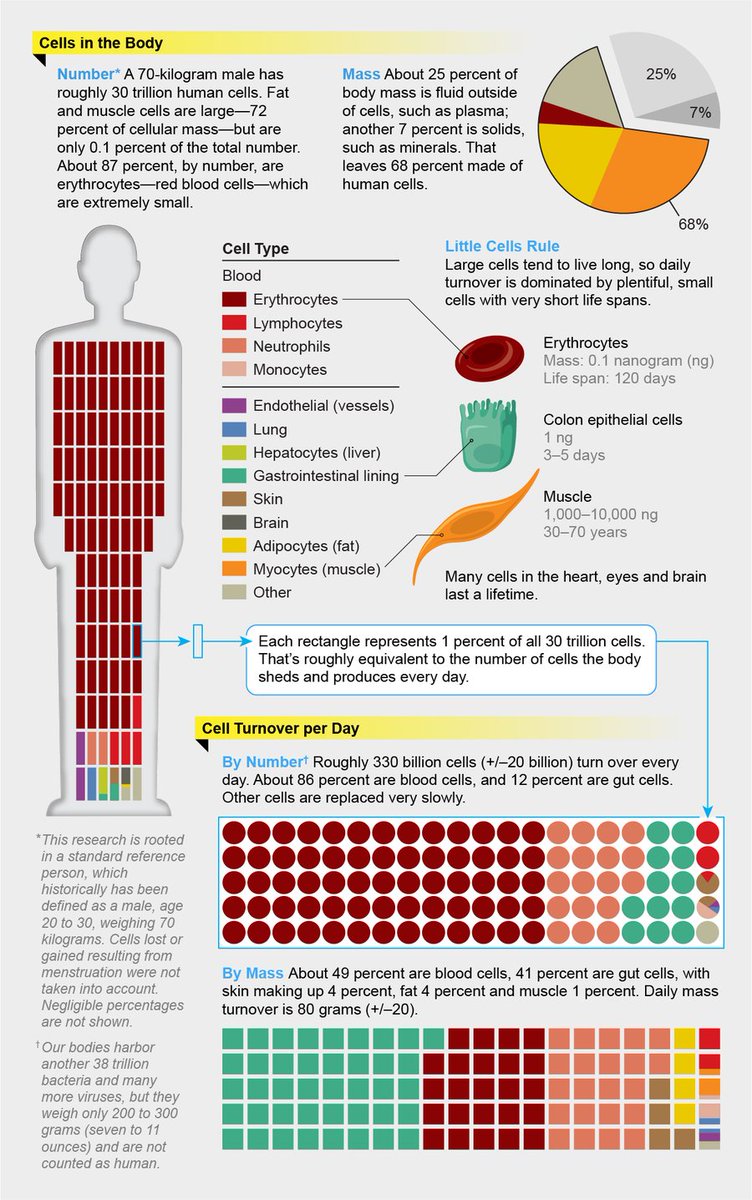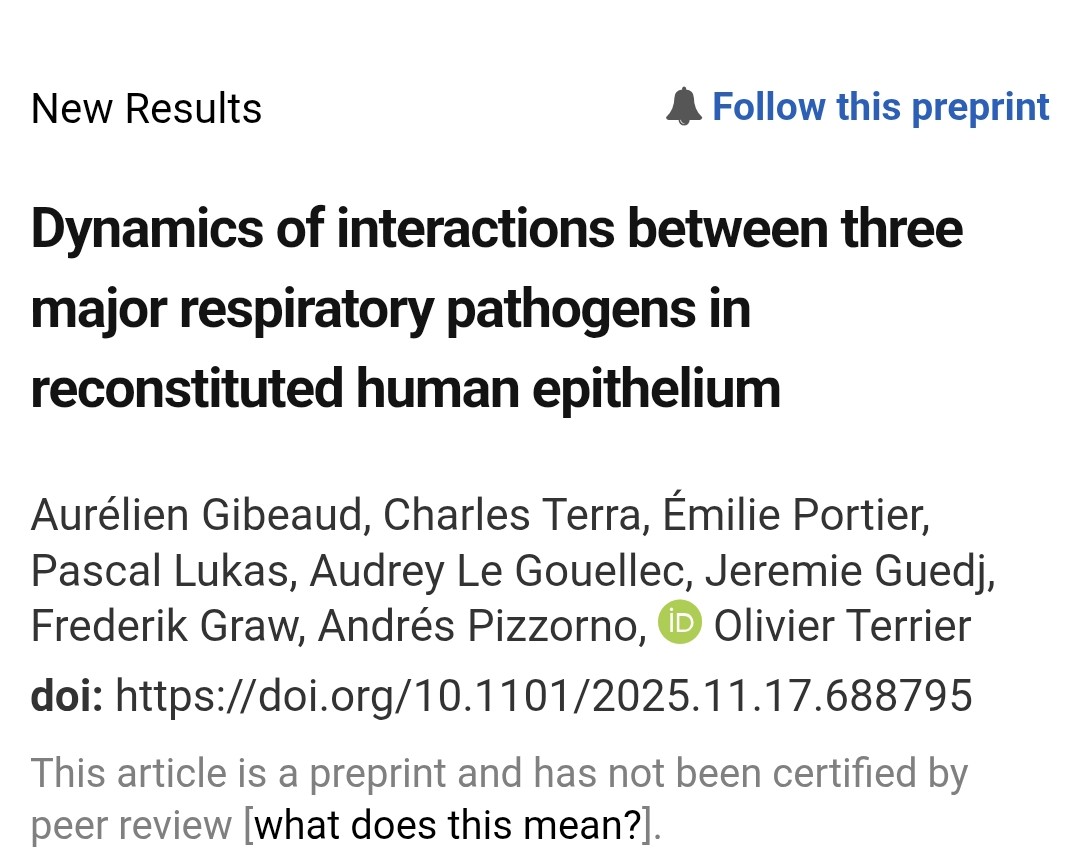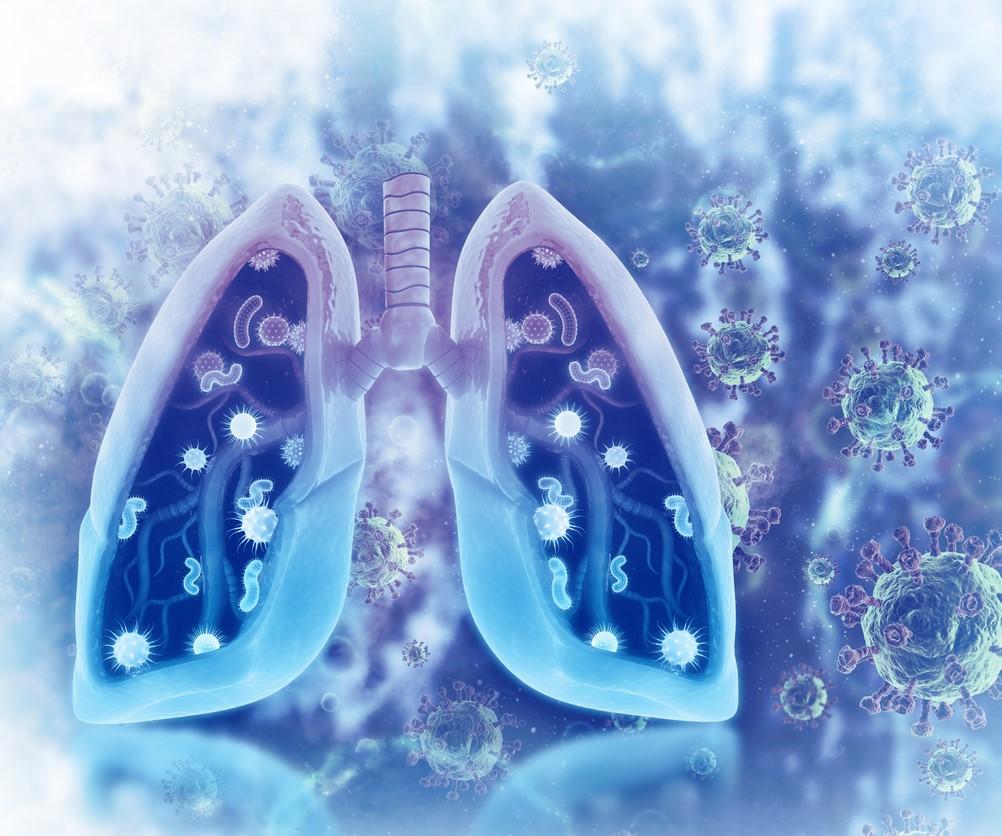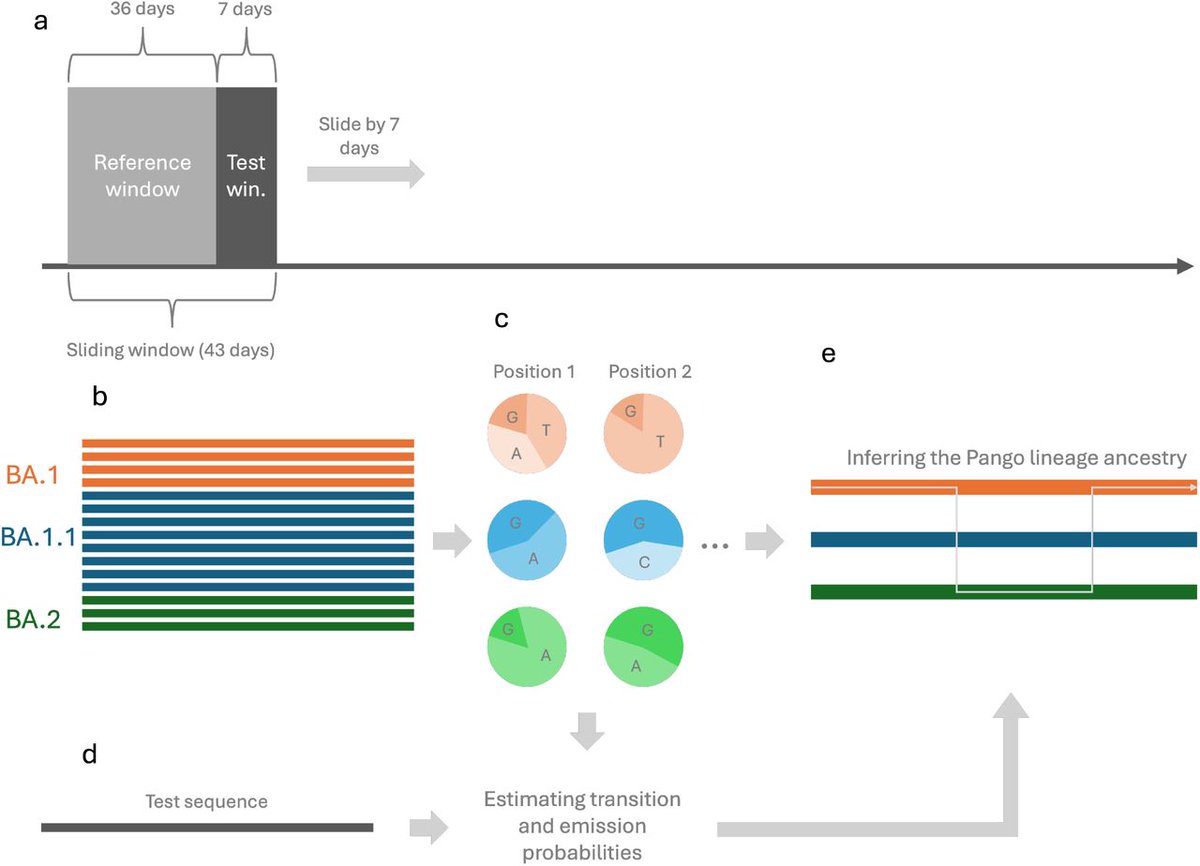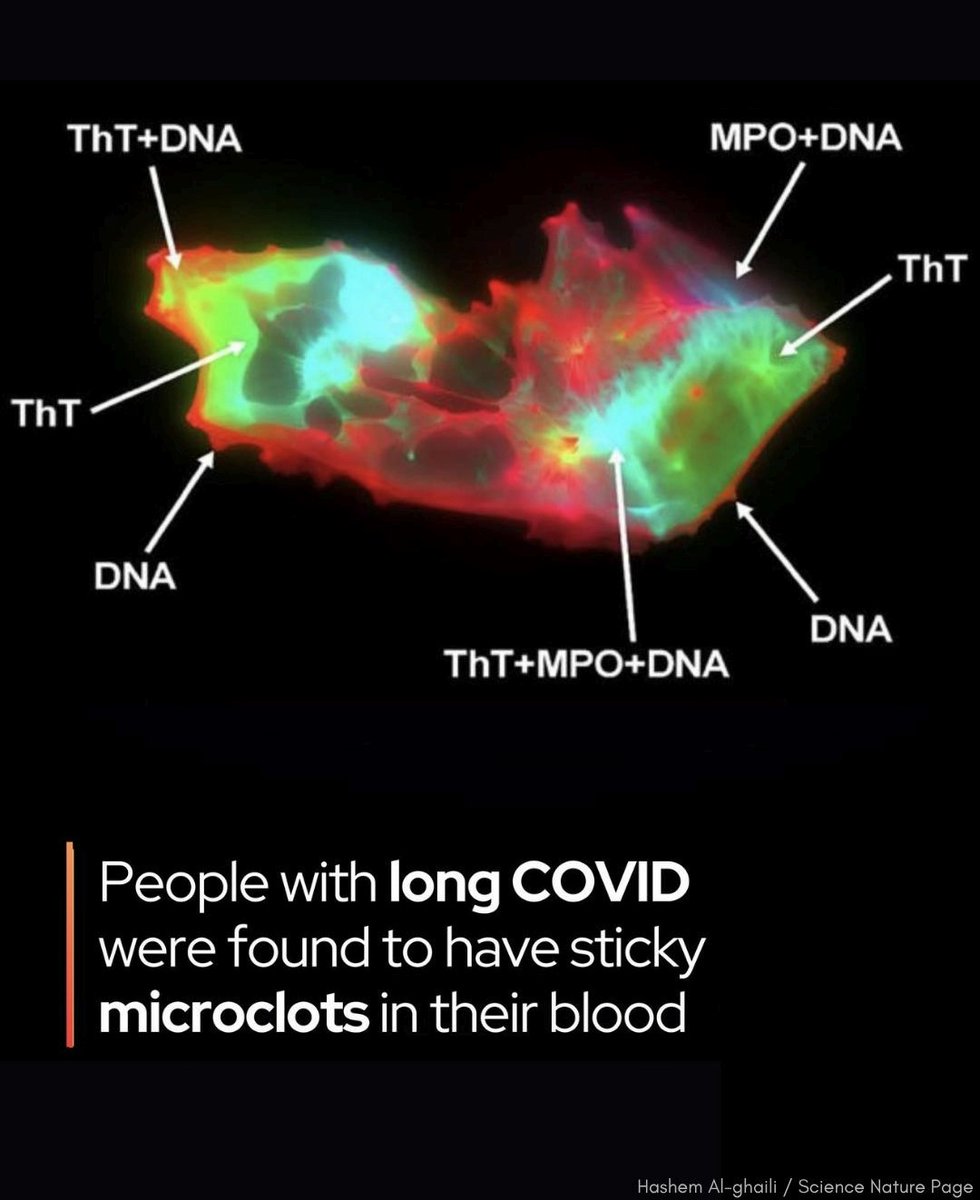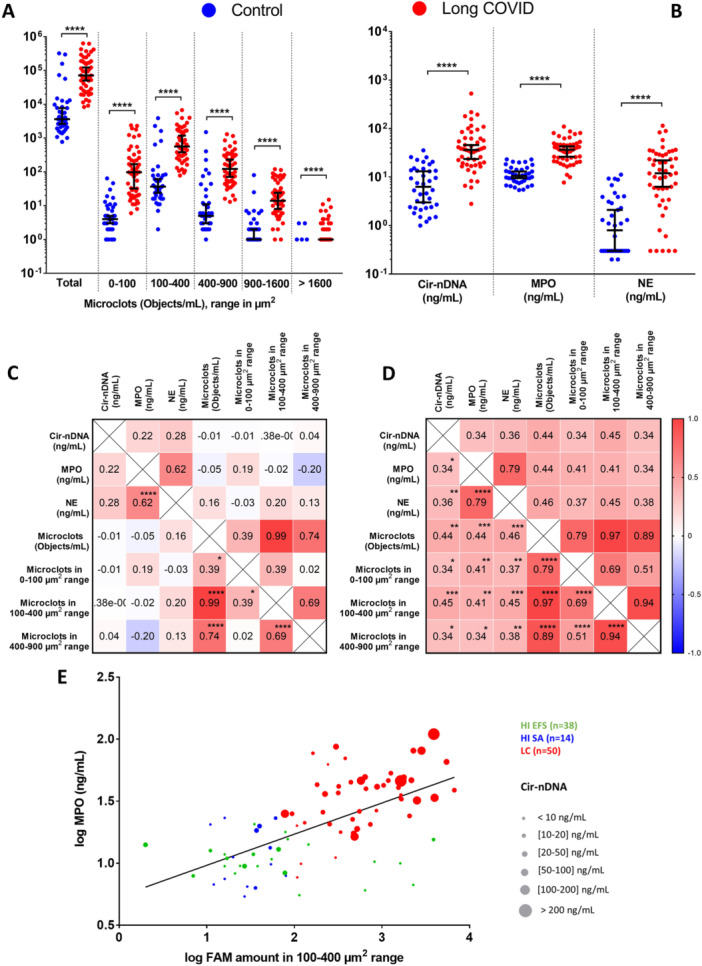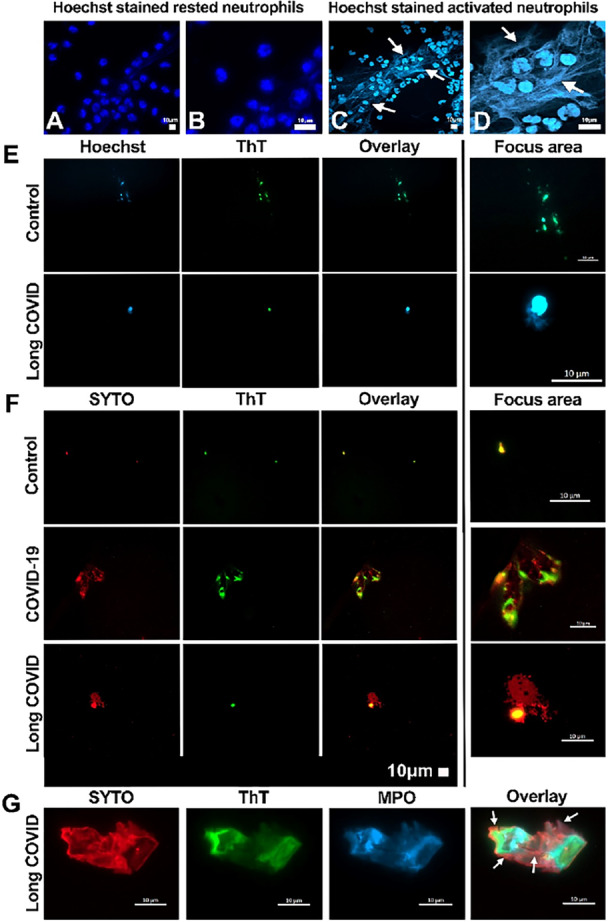What a CHAOS!
Everyone seems to have their OWN DEFINITIONS for MILD and SEVERE. It's the perfect recipe for having inconsistent data and leaving us totally confused.
medrxiv.org/content/10.110…

Everyone seems to have their OWN DEFINITIONS for MILD and SEVERE. It's the perfect recipe for having inconsistent data and leaving us totally confused.
medrxiv.org/content/10.110…

2) This study compared how different organizations classify people's risk of severe COVID-19 based on their medical conditions. The European classification labeled more people as high-risk ... 

3) ...while national classifications in the Netherlands and Norway identified more people as moderate-risk.
The discrepancy was around 12-14% - meaning a significant portion of the population was assigned a different risk level depending on which classification was used.
The discrepancy was around 12-14% - meaning a significant portion of the population was assigned a different risk level depending on which classification was used.

4) The main conditions contributing to this difference were heart disease, lung disease, and diabetes.
The researchers say more study is needed to determine the true impact of these medical conditions on COVID-19 severity.
The researchers say more study is needed to determine the true impact of these medical conditions on COVID-19 severity.

5) This would help refine the risk classifications and ensure vaccination programs and other interventions are targeted appropriately. The variability highlights the need for an international consensus on assessing COVID-19 risk.
Thanks 🙏
FYI @C_A_G0101 @Antonio_Caramia
Thanks 🙏
FYI @C_A_G0101 @Antonio_Caramia

• • •
Missing some Tweet in this thread? You can try to
force a refresh



